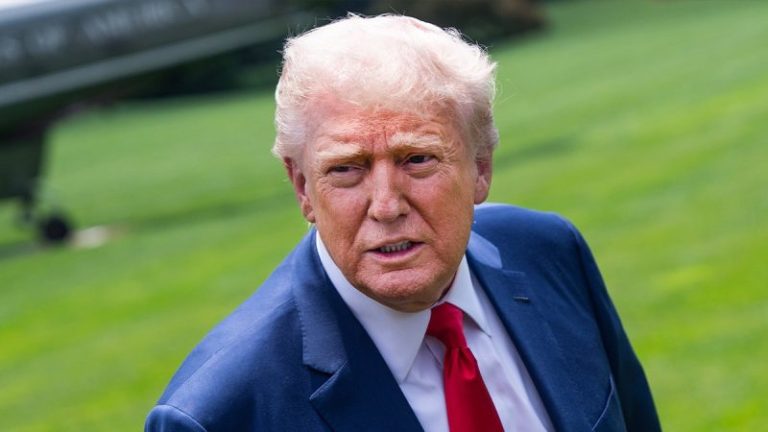The House is preparing to take up its annual defense policy bill this week, with Democrats filing hundreds of amendments — many aimed at rebuking President Donald Trump’s administration and current GOP priorities
Lawmakers submitted roughly 450 proposed amendments to the fiscal 2026 National Defense Authorization Act (NDAA). Among them are measures dealing with diversity, Israel funding and Trump’s crackdown on illegal immigration.
The House Rules Committee will review the bill Monday afternoon and set parameters for debate, paving the way for a floor vote later this week.
Most of the progressive amendments are unlikely to survive, underscoring their symbolic nature. Still, Democrats are using the traditionally bipartisan defense package to spotlight opposition to the White House and Republican leadership.
Rep. Jasmine Crockett, D-Texas, filed several amendments, including one to strike the NDAA’s prohibition on using defense funds for diversity, equity and inclusion (DEI) efforts.
Similarly, Reps. Luz Rivas, D-Calif., and Jill Tokuda, D-Hawaii, offered an amendment to block a ban on DEI programs at the Pentagon.
Crockett also introduced language aimed at halting construction of migrant detention facilities on military installations, directly challenging Trump administration policy.
Rep. Maxwell Frost, D-Fla., put forward an amendment barring Defense Department funds from supporting migrant processing and detention operations.
The Pentagon announced last month it is building the country’s largest federal migrant detention center in Fort Bliss, Texas.
Rep. Delia Ramirez, D-Ill., filed two amendments targeting Trump-era immigration policies. One would prohibit funding for family separation, while another ‘prohibits funds from being used to transfer non-citizens to foreign prisons, except under treaties and extradition laws,’ according to the Rules Committee website. The latter proposal would effectively block deportations to El Salvador.
Reps. Rashida Tlaib, D-Mich., and Ilhan Omar, D-Minn., introduced measures aimed at limiting U.S. support for Israel.
Tlaib’s amendment would ban U.S. arms sales to countries whose governments include officials with outstanding International Criminal Court (ICC) arrest warrants. The ICC issued warrants in late 2024 for Israeli Prime Minister Benjamin Netanyahu and senior officials.
Omar’s proposal seeks to repeal Israel’s emergency access to a U.S.-managed weapons stockpile located in the country.
The NDAA is a bill passed every fiscal year that sets national security and defense policy for the U.S. government.
More than 1,000 total amendments have been introduced to this year’s bill.










